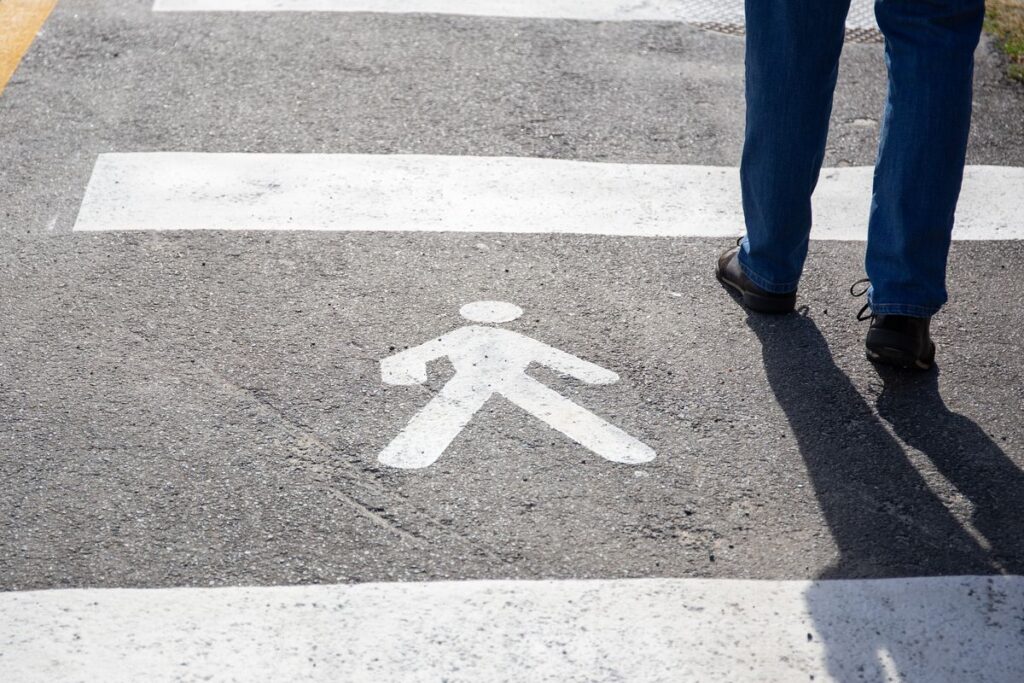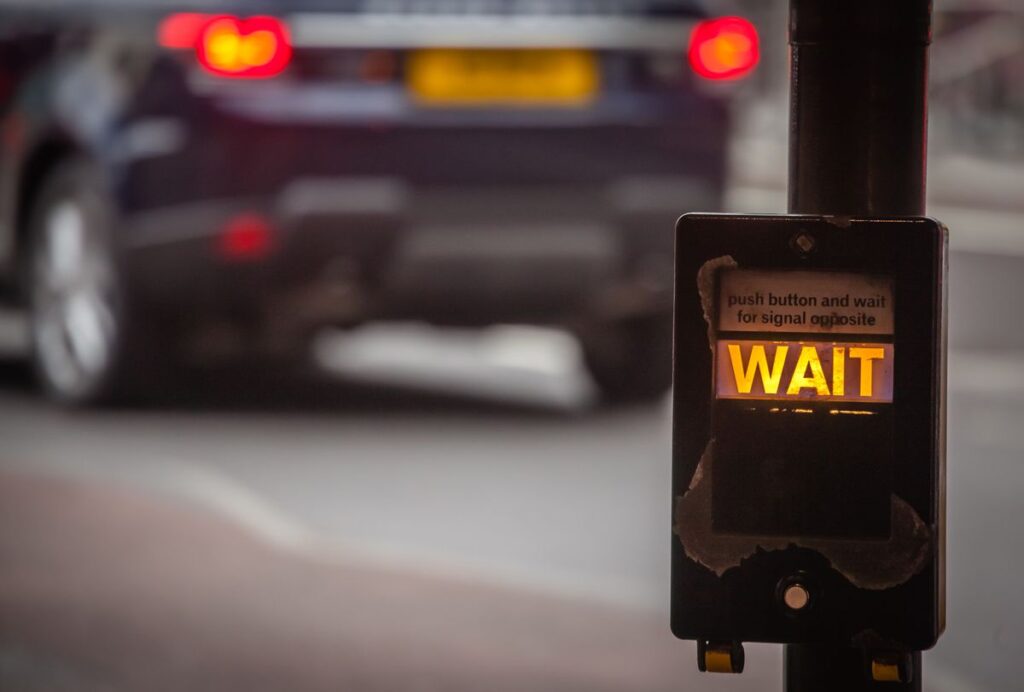Georgia, with its cities and walkways, is a state where pedestrian traffic is as common as vehicular. However, pedestrian accidents are a stark reality in the Peach State. Understanding how to navigate pedestrian accident claims in Georgia is crucial for anyone who finds themselves a victim of such an unfortunate incident. This comprehensive guide aims to provide you with the necessary knowledge to handle these claims effectively.
Understanding Georgia’s Pedestrian Laws
Georgia law stipulates that drivers must yield to pedestrians in crosswalks. However, pedestrians are also required to obey traffic signals and use crosswalks where available. In cases where jaywalking occurs, or a pedestrian is found to be crossing against a signal, this can complicate the claim process. It’s essential to understand these laws as they play a significant role in determining fault and liability in pedestrian accidents.
Determining Fault in Pedestrian Accidents
Determining fault is a critical step in any pedestrian accident claim in Georgia. Unlike some states, Georgia operates under a modified comparative negligence system. This means that a pedestrian can recover damages only if they are less than 50% at fault for the accident. If the pedestrian is found to be 50% or more at fault, they are not eligible to receive any compensation.
For instance, if a pedestrian is hit while crossing the street illegally, the driver may argue that the pedestrian is partially or wholly at fault. However, if the driver was speeding or distracted, the driver may still bear a significant portion of the liability.
The Role of Insurance in Pedestrian Accidents
In Georgia, the driver’s auto insurance policy is typically the first place to seek compensation. Georgia requires all drivers to carry liability insurance, which covers bodily injury and property damage to others when the driver is at fault. As a pedestrian, you can file a claim against the driver’s insurance policy.
However, if the driver is uninsured or underinsured, the pedestrian may need to turn to their own insurance policy, if they have one, particularly to the uninsured motorist (UM) or underinsured motorist (UIM) coverage.

Seeking Medical Attention and Documenting Injuries
Immediate medical attention is vital, not just for health reasons, but also for legal ones. Medical records serve as crucial evidence in personal injury claims. Documenting everything from emergency room visits to follow-up appointments creates a paper trail that demonstrates the extent of the injuries and their impact on the pedestrian’s life.
Statute of Limitations in Georgia
In Georgia, the statute of limitations for personal injury claims, including pedestrian accidents, is generally two years from the date of the accident. This means that you have two years to file a lawsuit in court. Failing to take legal action within this timeframe typically results in losing the right to sue.
Working with a Personal Injury Attorney
Navigating the complexities of a pedestrian accident claim can be challenging, especially when recovering from injuries. An experienced Georgia personal injury attorney from Rebecca Kay Sapp Law Firm can be invaluable in such situations. They can help in several ways:
- Evaluating the Claim: An attorney can assess the strength of your case and estimate the potential compensation.
- Investigating the Accident: Attorneys often conduct thorough investigations to gather evidence, including traffic camera footage, witness statements, and police reports.
- Negotiating with Insurance Companies: Skilled in negotiation, attorneys can deal with insurance companies to ensure fair compensation.
- Representing in Court: If a settlement cannot be reached, an attorney can represent your interests in court.
Calculating Damages
In Georgia, damages in pedestrian accident claims can be economic (such as medical bills and lost wages) and non-economic (such as pain and suffering). In some cases, punitive damages may also be awarded, particularly if the driver’s conduct was egregiously negligent or reckless.
Legal Strategies and Challenges in Pedestrian Accident Claims
Navigating a pedestrian accident claim in Georgia involves not only understanding the laws and procedures but also being prepared for the legal challenges and strategies that can arise during the claim process. This section delves into these aspects, providing insights into how to strengthen your claim and anticipate potential hurdles.
Dealing with Comparative Negligence Claims
One of the most significant challenges in pedestrian accident claims in Georgia is the issue of comparative negligence. The defense may argue that the pedestrian was partially or entirely at fault for the accident. For instance, they might claim the pedestrian was distracted, crossed outside a crosswalk, or ignored traffic signals. It’s crucial to be prepared for these arguments. Gathering evidence such as witness statements, surveillance footage, and expert testimony can help counter these claims and demonstrate the driver’s liability.
Understanding the Impact of Local Ordinances
Local ordinances in Georgia can also play a role in pedestrian accident claims. For example, some areas may have specific rules regarding pedestrian right-of-way or jaywalking. Familiarity with these local laws can provide additional support for your claim, especially if the driver violated a local traffic ordinance.
The Role of Accident Reconstruction Experts
In complex cases, especially where fault is heavily disputed, the services of an accident reconstruction expert can be invaluable. These experts can analyze the accident scene, vehicle damage, and injuries to provide a detailed report on how the accident occurred. This objective analysis can be a powerful tool in proving the driver’s negligence.
Navigating Insurance Company Tactics
Insurance companies often employ tactics to minimize payouts. This might include disputing the severity of injuries, suggesting pre-existing conditions, or downplaying the driver’s fault. Being aware of these tactics can help you and your attorney prepare responses and negotiate more effectively. It’s also important not to accept initial settlement offers without consulting your attorney, as these offers are often lower than what you may be entitled to.
Utilizing Medical Expert Testimony
In pedestrian accident claims, the extent and impact of injuries are often central to the case. Medical experts can provide testimony on the nature of the injuries, the required treatment, and the long-term implications. This testimony not only helps in establishing the damages but also in linking the injuries directly to the accident.
Documenting Economic and Non-Economic Damages
Accurately documenting all damages is crucial. Economic damages include medical expenses, lost wages, and rehabilitation costs. Non-economic damages, though more challenging to quantify, are equally important and cover pain and suffering, emotional distress, and loss of enjoyment of life. Keeping detailed records and working with your attorney to quantify these damages is key to ensuring you receive fair compensation.

Tips for Pedestrians While Walking in Georgia
To minimize the risk of accidents and enhance safety, pedestrians in Georgia should:
- Always use crosswalks and obey traffic signals.
- Stay alert and avoid distractions like using a phone while walking.
- Wear reflective clothing or carry a light at night.
- Make eye contact with drivers before crossing to ensure they see you.
Additional Safety Tips for Pedestrians in Georgia
Ensuring pedestrian safety requires more than just basic precautions. Here are additional tips that pedestrians in Georgia should consider to further minimize the risk of accidents and enhance their safety:
Be Aware of Your Surroundings
- Avoid Wearing Headphones: Listening to music or podcasts can be a significant distraction. It’s essential to keep your auditory senses alert to hear approaching vehicles, especially in areas without pedestrian signals.
- Watch for Turning Vehicles: At intersections, be vigilant of vehicles making turns. Drivers may be more focused on the traffic than on pedestrian crossings.
Understand and Anticipate Driver Behaviors
- Be Cautious at Parking Lots and Driveways: Vehicles backing out or pulling into parking spaces may not always notice pedestrians. Walk carefully in these areas and keep an eye out for reverse lights on cars.
- Don’t Assume Visibility: Just because you can see the driver doesn’t mean the driver can see you. Vehicle blind spots, sun glare, or distractions can impair a driver’s ability to notice pedestrians.
Follow Safety Practices in All Weather Conditions
- Be Extra Cautious in Bad Weather: Rain, fog, or even bright sunlight can affect a driver’s visibility. Be particularly cautious when the weather conditions are poor.
- Wear Appropriate Footwear in Slippery Conditions: In rainy or icy conditions, wear shoes with good traction to prevent slips and falls, especially when stepping off curbs.
Educate Children on Pedestrian Safety
- Teach Children About Road Safety: If you have children, educate them about the importance of using crosswalks, looking both ways before crossing the street, and never running into the road.
- Supervise Young Children: Young children should not be left unsupervised near roadways. Always hold their hand when crossing the street.
Be Visible at All Times
- Use Pedestrian Flags if Available: Some crosswalks in Georgia are equipped with pedestrian flags. Use these flags to increase your visibility when crossing the street.
- Avoid Jaywalking: Crossing the street from an undesignated area not only increases the risk of accidents but can also weaken your case if an accident occurs.
Stay Informed and Compliant with Local Laws
- Know the Local Traffic Laws: Traffic laws can vary by city or county in Georgia. Familiarize yourself with local pedestrian laws, especially in areas you frequent.
- Respect Traffic Officers and Crossing Guards: Follow the directions of any traffic officers or crossing guards present, especially in high-traffic areas or school zones.
By following these additional tips, pedestrians in Georgia can significantly reduce their risk of accidents and ensure a safer walking environment. Remember, pedestrian safety is a shared responsibility, and both drivers and pedestrians must do their part to keep Georgia’s roads safe.
Conclusion
Pedestrian accidents in Georgia can have life-altering consequences. Understanding your rights and the legal framework is crucial in these situations. Remember, the key steps include seeking immediate medical attention, understanding how fault is determined, dealing with insurance companies, and utilizing the assistance of a personal injury attorney. By taking these steps, you can navigate the aftermath of a pedestrian accident with greater confidence and clarity.
Navigating pedestrian accident claims in Georgia requires an understanding of state-specific laws and regulations. By being informed and prepared, you can ensure that your rights are protected and that you receive the compensation you deserve for any injuries sustained. Remember, safety is paramount, and being aware of your surroundings as a pedestrian can significantly reduce the risk of accidents.

